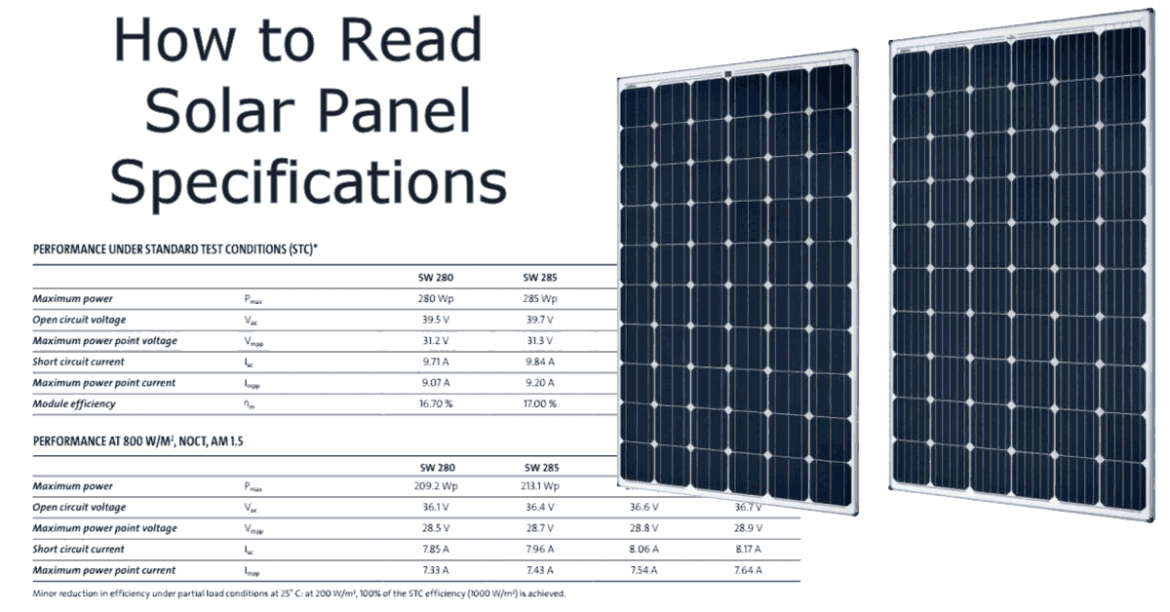Measuring voltage and solar panel testing.
Apply voltage across solar panel.
It starts to get tricky when you move away from battery based solar systems and the 12v increments are no longer necessary.
What you ll see over to the right is an example of a voltmeter measuring voc with a junction box.
But raising the voltage just above normal 1 2 volt per cell it started to conduct.
Will the pv cells be destroyed and the panel rendered useless.
The solar panel shown in the connection diagram was idealised and in the real world should include an equivalent series resistance.
This would be the view from the back of the pv module.
Grid tie solar panels with 60 cells are often referred to as 20v nominal panels like the solarworld sunmodule 290w solar panel.
This obviously creates a lot more power and it is one way you can figure out how much voltage each panel is making for you.
Open circuit voltage can vary depending on your solar panel but the readings we are usually looking for are in the range of 15 to 23v.
Referring to the standard equivalent circuit of a solar cell if you exceed the threshold voltage on the shunt diode the cell will begin to conduct reverse current.
Never check the voltage or the current of the solar cell unloaded that means do not just attach meter leads to the solar cells leads.
Just a small cloud across the sun or the cell not facing the sun at a 90 angle can affect the cells output.
It sill be no different then applying voltage across impedance bridge.
Simply touch the solar panel leads with the multi meter probes matching their corresponding polarity red to red black to black.
It looks to me just like raising the voltage across a forward biased diode.
With the power supply connected to the panel the panel had normal operating voltage.
On a good sunny the best as you can get adjust the cell as close to a 90 angle to the sun.
But otherwise yeah it will draw reverse current from the supply.
Some exceptions may apply based on panel type.
Basically i want to know what would be the effect of applying a small ac voltage to a solar panel when there is no sunlight of course.
Voltages can be read on a pv module with the use of a voltmeter or multimeter.
It conducted large currents so i ran the attached curve.
The reason the size of the your panel makes a difference is because you can fit more solar cells in a large panel.
If you plot voltage vs current you ll see that as the load current is increased the output voltage on the panel drops.
They have too high of a voltage to charge a 12v battery bank with a traditional charge controller but too low of a voltage to charge a 24v.
Your solar panel may already have a series diode to prevent it from sinking current in which case you re fine.
Endgroup andy aka nov 7 16 at 15 45 begingroup the way to easily monitor current is choose a series r for 50mv at max charge current 100mv drop at short circuit current with suitable w then use a dmm.
In a typical panel size like this one you are normally going to find around 60 solar cells.

